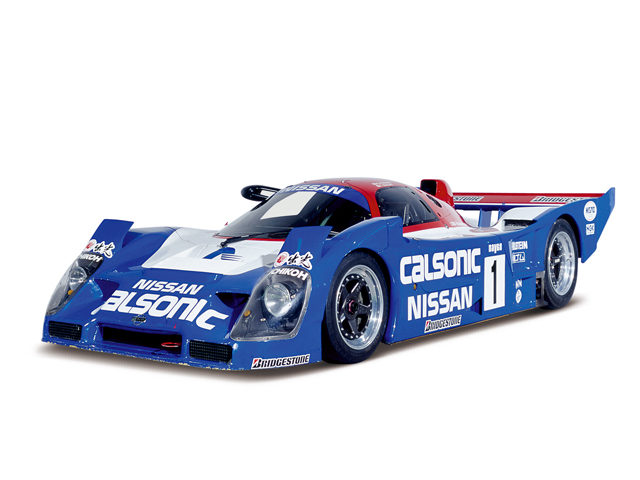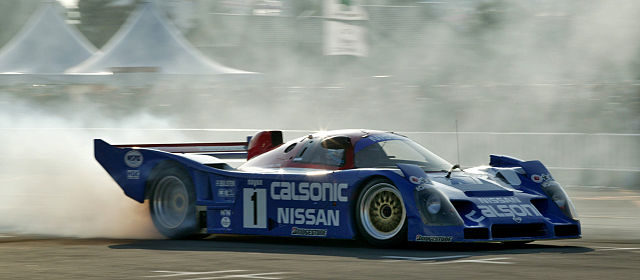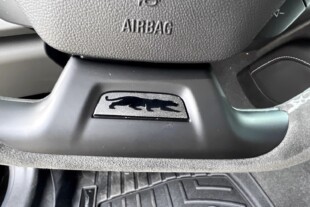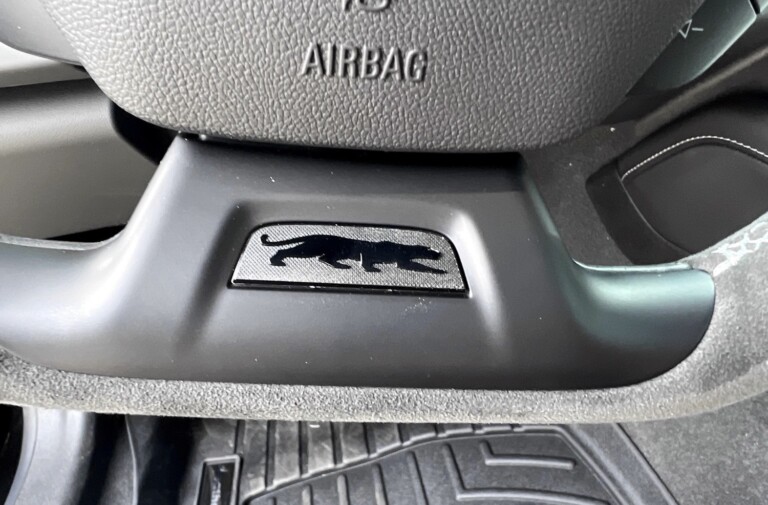As the world of professional motorsport gets harder and harder to access, those without a Swiss bank account have to take unconventional routes towards getting their foot in the door. One of the more successful gamers-turned-racers is Jann Mardenborough, whose prowess in Gran Turismo led to a full-time career driving for Nissan in Formula 3, GT, and sports cars—and he realized a boyhood dream when he was given the chance to drive a classic Group C car at Fuji this year.
Nissan’s Group C machines of the early nineties are stuff of legend. Perhaps most famous: the 1990 R90CK. When qualifying at Le Mans 1990, the wastegates on Mark Blundell’s R90CK shut closed and gave him an estimated 1,100 horsepower. He stayed out, harnessed the horsepower, and put on one of the most incredible displays of courage and driving ability known to man.
Faulty wastegates and obscene amounts of horsepower seem to be a theme with these Group C machines. When Mardenborough took the R90CK’s successor out for a lap this spring, the young Briton got to experience its 3.5-liter V8 boosting over 42 psi!
As the VRH35Z motor produced somewhere in the neighborhood of 1,000 horsepower for a few brief spurts, the young talent—who has raced Super Formula, FIA GT, and other powerful racers—was able to get a glimpse of the absurd power levels which made Group C so special.
Whether it be the h-pattern gearbox, the turbo lag, or the spiky 600 lb-ft of torque, the experience offered by the R92CP is totally alien to that of a modern sports car, which lacks the earth-churning power but enjoys added robustness and incredible braking performance. These Group C cars required finesse and a deft touch to harness the power and baby the machine when necessary.
They also represent a now-dead approach to building racing cars, and part of the beauty—or insanity—of the category were the loose rules which meant manufacturers used a wide range of engine solutions. When the FIA instated its expensive 3.5-liter motor formula in 1989, which drastically changed the fuel consumption limits and effectively killed Group C, Nissan heard the death knell and did what they could to exploit their turbocharged motors.
Knowing that building a 3.5-liter motor to the then-current regulations would be extremely costly, Nissan withdrew from the World Endurance Championship in 1991 and focused their efforts on the All Japan Sports Car Championship, where they could still run their turbo motors without handicaps. The R91CP walked the ’91 All Japan Sports Car Championship—winning five of seven races—and repeated the feat the following year with the updated R92CP. The car was in a class of its own.
Despite being as old as the car and likely unfamiliar with an h-pattern crash gearbox, Mardenborough handled the antiquated hardware well, though he did botch a few shifts. It might’ve been a relaxed demonstration lap, but considering just how violent these cars were when driven at the limit, as shown by Keiichi Tsuchiya, the talented youngster deserves some praise just for keeping the thing off of the guardrails.























